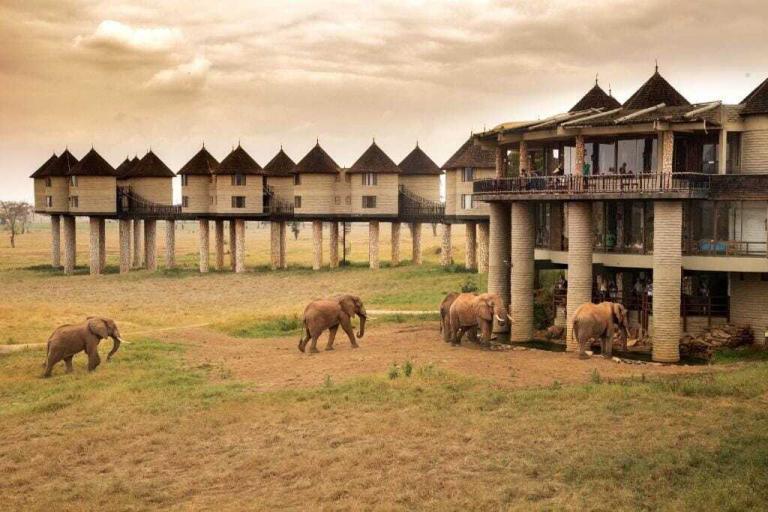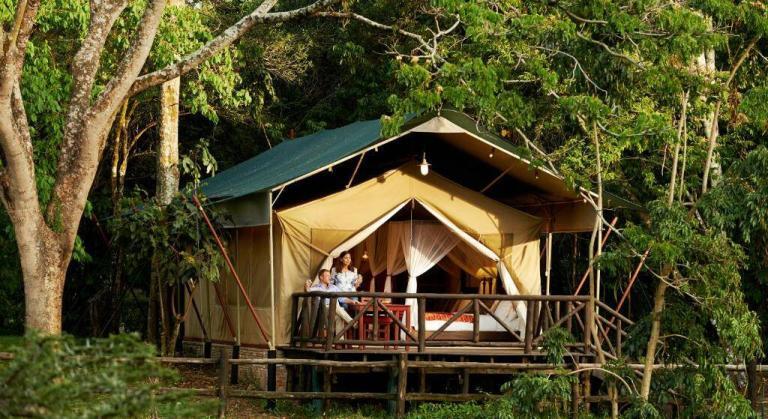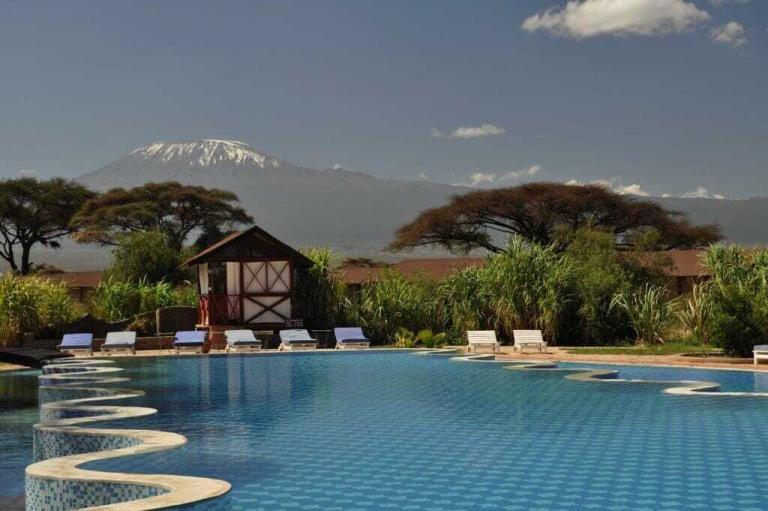6 wildlife conservancies in Kenya you need to visit
Welcome to our comprehensive guide exploring the most notable wildlife conservancies in Kenya, a country renowned for its rich biodiversity and commitment to conservation. From the iconic Maasai Mara to the remote and pristine landscapes of northern Kenya, these conservancies serve as vital havens for endangered species and embody the harmonious coexistence of wildlife and local communities. Join us as we embark on a captivating journey through Kenya’s most remarkable wildlife conservancies, where conservation efforts, sustainable practices, and community engagement converge to create a brighter future for our natural world.
1. Lewa Conservancy
Located at the foothills of Mount Kenya, Lewa Conservancy stands as a testament to the power of conservation. With a rich history spanning several decades, this remarkable sanctuary in Kenya has become a haven for wildlife and a beacon of hope for the preservation of our natural world.
A brief historical overview
Lewa Conservancy’s roots can be traced back to the 1970s when the Craig family, passionate about wildlife conservation, acquired a cattle ranch in the region.
Recognizing the environmental importance of the area and the need to protect its diverse wildlife, they gradually transformed the land into a protected area. In 1995, Lewa Wildlife Conservancy was formally established as a non-profit organization dedicated to the preservation of the region’s natural heritage.
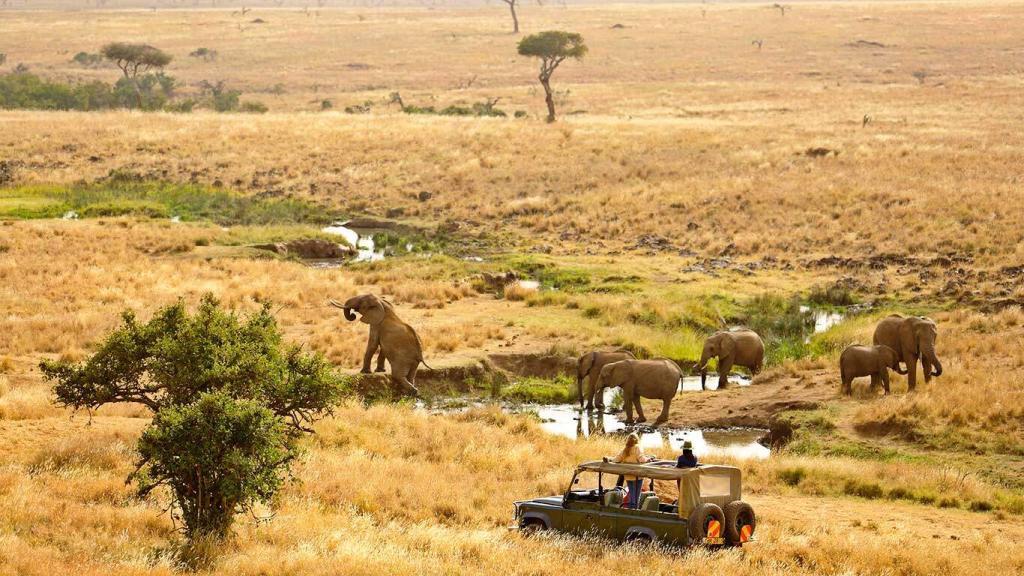
Recognizing the urgent need to preserve the natural heritage of the region, the Craig family initiated a series of conservation initiatives. They began by implementing strict anti-poaching measures and creating wildlife corridors to facilitate the movement of animals. As their efforts gained momentum, they gradually transformed their ranch into a protected area dedicated to wildlife conservation.
In 1995, the Lewa Wildlife Conservancy was established as a non-profit organization with a clear vision: to conserve wildlife, support local communities, and promote sustainable development. Through partnerships with local communities, the Kenyan government, and international organizations, Lewa Conservancy has become a leading force in conservation, pioneering innovative approaches to address the complex challenges faced by wildlife and communities alike.
Lewa Conservancy is renowned for its efforts in safeguarding endangered species and is one of the leading conservancies in Kenya. It boasts one of the largest populations of black rhinoceros in East Africa, a critically endangered species that has faced relentless poaching pressure.
Through rigorous anti-poaching measures, community engagement, and monitoring initiatives, the conservancy has successfully increased rhino populations, offering hope for the survival of this iconic species.
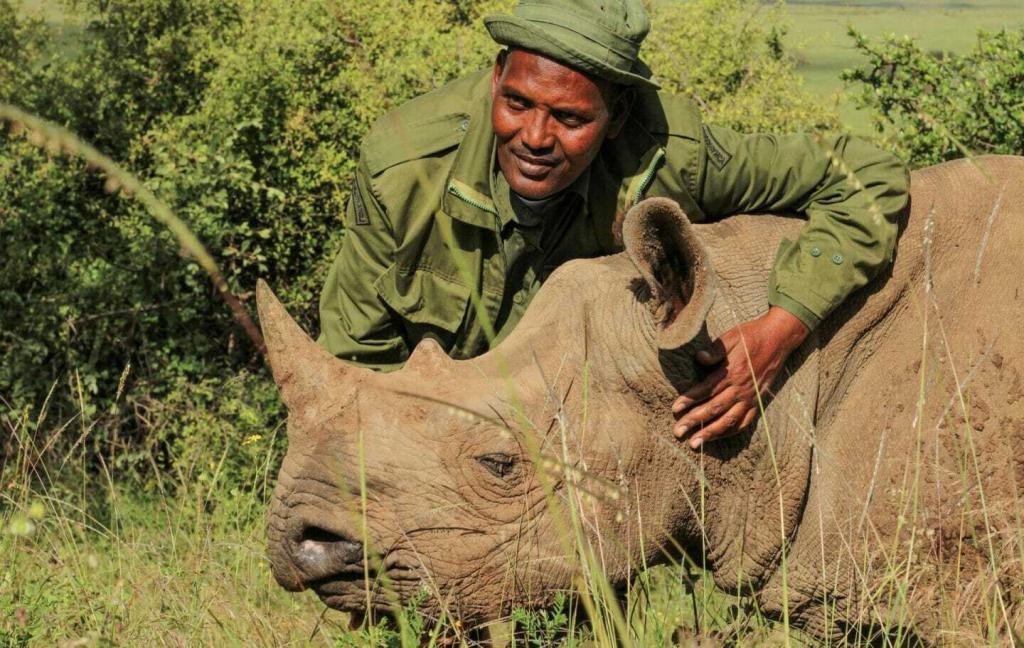
Lewa Conservancy firmly believes in the importance of engaging and empowering local communities. Recognizing the intrinsic link between conservation and community well-being, the conservancy has implemented numerous projects focused on education, healthcare, sustainable agriculture, and livelihood development.
By creating opportunities for communities to benefit from conservation efforts, Lewa has fostered a sense of ownership and stewardship among the local population, making them essential partners in conservation.
2. Ol Pejeta Conservancy
One of the other leading conservancies in Kenya that needs a mention is the Ol Pejeta Conservancy. It is a true testament to the power of conservation. Spanning over 90,000 acres, this remarkable sanctuary stands as a beacon of hope for endangered wildlife and serves as a catalyst for community development. Join us as we delve into the captivating history of Ol Pejeta Conservancy and explore the transformative journey that has made it a global conservation success.
A brief Historical overview
The origins of Ol Pejeta Conservancy date back to the early 20th century when it began as a cattle ranch owned by Lord Delamere. Over time, the property changed hands until it was acquired by the renowned Fauna and Flora Preservation Society in 1988. Recognizing the immense ecological value of the land and the urgent need to protect its wildlife, the organization initiated efforts to convert the ranch into a conservation sanctuary.
Wildlife Conservation
One of Ol Pejeta Conservancy’s most significant accomplishments lies in its commitment to rhinoceros conservation and is one of the largest black rhino sanctuaries in East Africa, it has played a pivotal role in the preservation of these critically endangered creatures.
Through rigorous anti-poaching measures, constant surveillance, and innovative protection strategies, Ol Pejeta has succeeded in providing a safe haven for both black and white rhinos, contributing significantly to their overall population recovery.
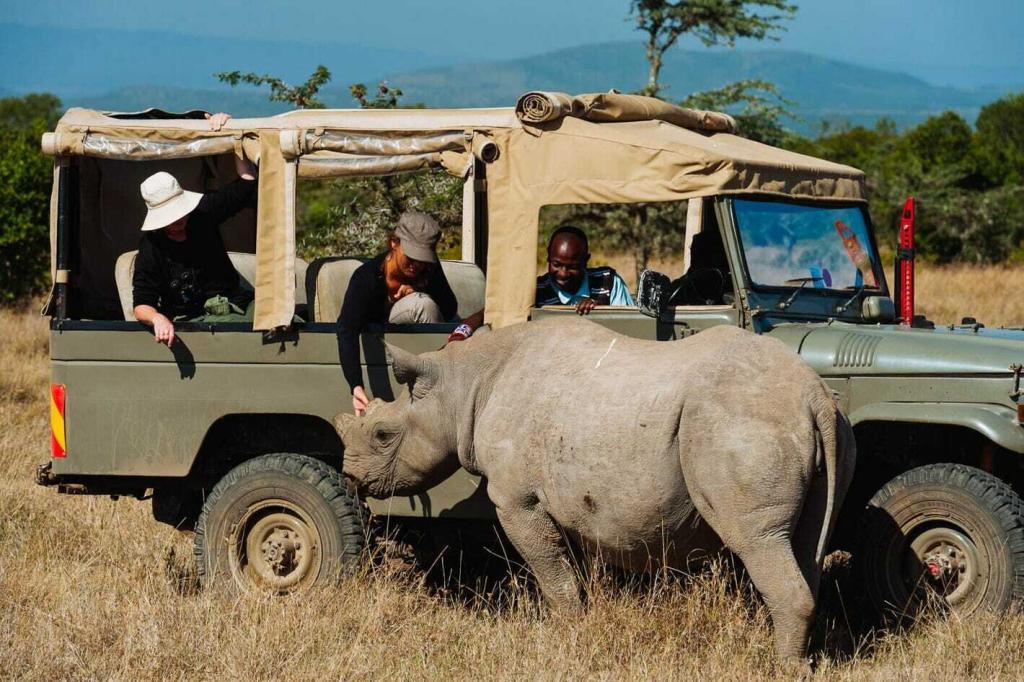
Beyond rhinoceros conservation, Ol Pejeta is home to an astonishing array of wildlife. The conservancy boasts a thriving population of African elephants, lions, cheetahs, giraffes, zebras, and countless other species. Efforts are continually made to restore and rehabilitate habitats, ensuring a balanced ecosystem that can support a diverse range of flora and fauna.
Ol Pejeta Conservancy has been at the forefront of implementing innovative conservation initiatives. It has pioneered advancements such as the integration of technology, including drone surveillance, to monitor wildlife populations and detect potential threats.
Additionally, the conservancy actively engages in research and collaborates with scientific institutions to drive conservation knowledge and develop best practices that can be applied globally.
3. Naibosho Conservancy
Located in the heart of Kenya’s Maasai Mara ecosystem, the Naibosho Conservancy stands as a remarkable testament to the harmonious coexistence between wildlife conservation and the Maasai community. With a rich history rooted in preserving the region’s biodiversity and cultural heritage, it is one of the conservancies in Kenya that is a shining example of successful community-led conservation.
A brief Historical overview
The story of Naibosho Conservancy began in 2009 when a group of Maasai landowners came together with the vision of protecting their ancestral lands and conserving the incredible wildlife that roamed the area. Recognizing the ecological significance of their surroundings and the urgent need to address the threats posed by human-wildlife conflicts, they formed a partnership with local tourism operators and established Naibosho Conservancy.
Wildlife Conservation
Naibosho Conservancy is celebrated for its remarkable conservation achievements. By providing a safe haven for wildlife, the conservancy has witnessed a resurgence in biodiversity, allowing species like lions, elephants, cheetahs, and giraffes to thrive. Through vigilant anti-poaching measures, habitat restoration, and responsible tourism practices, Naibosho Conservancy has become a vital refuge for endangered and iconic species, contributing to the overall health of the Maasai Mara ecosystem.
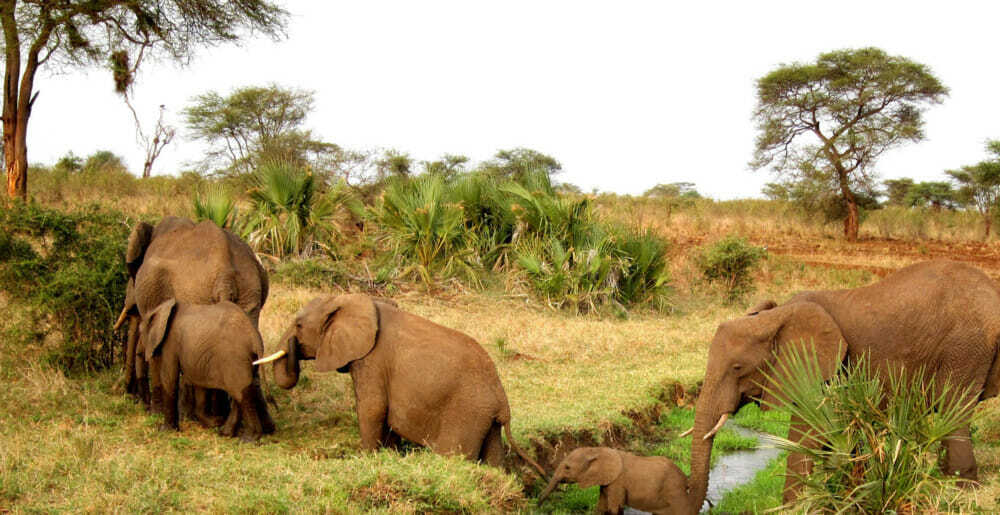
One of the defining aspects of Naibosho Conservancy is its strong focus on community engagement and empowerment.
From the outset, the conservancy recognized the critical role that local communities play in conservation. By involving the Maasai people in decision-making processes and providing them with sustainable livelihood opportunities, Naibosho Conservancy has fostered a sense of ownership and stewardship in the community.
This partnership between conservation and the Maasai people has created a mutual understanding of the importance of safeguarding wildlife and their natural habitats.
Naibosho Conservancy has embraced a sustainable tourism model that benefits both wildlife and local communities.
By working closely with responsible tourism operators, the conservancy has developed low-impact tourism practices that prioritize wildlife welfare, minimize environmental impact, and create economic opportunities for the Maasai community.
This approach ensures that tourism revenues directly contribute to conservation efforts and support community development initiatives, reinforcing the conservation cycle.
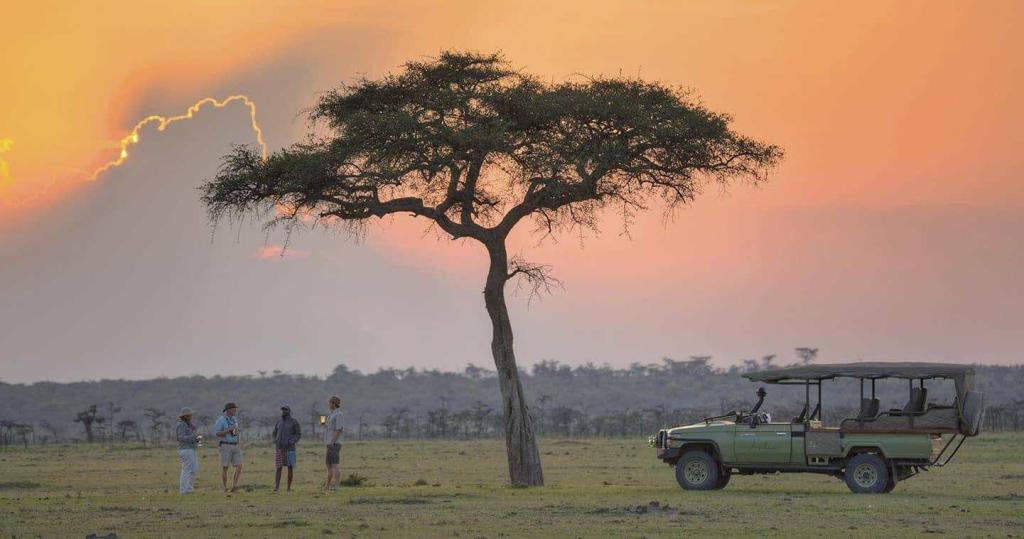
In addition to wildlife conservation, Naibosho Conservancy recognizes the value of preserving Maasai culture and heritage.
Through cultural tourism experiences, visitors have the opportunity to engage with the Maasai community, learn about their traditions, and contribute to the preservation of their cultural identity. This integration of cultural preservation and conservation creates a holistic approach that celebrates both natural and cultural diversity.
Naibosho Conservancy stands as a remarkable testament to the power of community-led conservation and coexistence.
Through its dedication to wildlife protection, community empowerment, sustainable tourism, and cultural preservation, the conservancy has not only safeguarded precious ecosystems but also improved the lives of the Maasai people.
4. Borana Conservancy
Located in the landscapes of northern Kenya, the Borana Conservancy stands as a testament to the unwavering commitment to conservation and sustainable living. This is one of the conservancies in Kenya with a rich history rooted in conservation efforts and community engagement, Borana Conservancy has become a beacon of hope for the preservation of wildlife, habitats, and the upliftment of local communities.

A brief Historical overview
Borana Conservancy’s story dates back to the early 1990s when the Dyer family acquired the vast Borana Ranch, a cattle ranch spanning over 32,000 acres. Deeply committed to preserving the region’s natural heritage, they realized the potential of the land for wildlife conservation. In 2009, Borana Conservancy was established as a community-led initiative, laying the foundation for a unique conservation model focused on holistic sustainability.
Wildlife Conservation
Borana Conservancy has emerged as a thriving haven for wildlife. By implementing rigorous anti-poaching measures, habitat restoration projects, and wildlife monitoring programs, the conservancy has successfully protected a diverse array of species, including elephants, lions, buffalos, and endangered rhinoceros.
Through collaborative efforts with neighboring conservancies, Borana has created expansive wildlife corridors that facilitate the movement of animals and ensure genetic diversity, contributing to the long-term viability of the ecosystem.

Borana Conservancy is committed to sustainable land and resource management practices. Through land rehabilitation initiatives, such as reforestation and water catchment projects, the conservancy aims to restore degraded areas and preserve natural water sources.
By promoting sustainable agriculture and low-impact livestock management, Borana has minimized its ecological footprint, fostering a balanced coexistence between humans and nature.
Borana Conservancy has established strong partnerships with various stakeholders, including conservation organizations, government entities, and tourism operators.
By collaborating with like-minded organizations, sharing knowledge and resources, and promoting responsible tourism practices, it is one of the conservancies in Kenya that has expanded its conservation impact beyond its boundaries and inspired others to follow suit.
The rich history of Borana Conservancy is a testament to the transformative power of conservation and sustainable living.
From its roots as a cattle ranch to becoming a renowned conservation sanctuary, Borana has demonstrated the potential for humans and wildlife to coexist harmoniously while benefiting local communities.
Through its dedication to wildlife conservation, sustainable land management, community upliftment, and collaboration, Borana Conservancy has paved the way for a future where nature thrives, communities prosper, and the bond between humans and the natural world grows stronger.
Why are Wildlife Conservancies so important?
It is inevitable that wildlife sometimes roams beyond state-managed national park boundaries, which is why it is important that surrounding areas are effectively managed to make sure to minimize human-wildlife conflict, but also to work towards protecting these animals from poachers. Therefore, the importance of privately owned wildlife conservancies cannot be understated. It is an effective model to implement conservation practices but also to empower local communities to participate in economic activities resulting from tourism. Through the establishment of conservancies in Kenya, local communities will also have the option to have stronger autonomy over their land and are able to provide protection to their livelihoods through effective land management that minimizes human-wildlife conflict.

